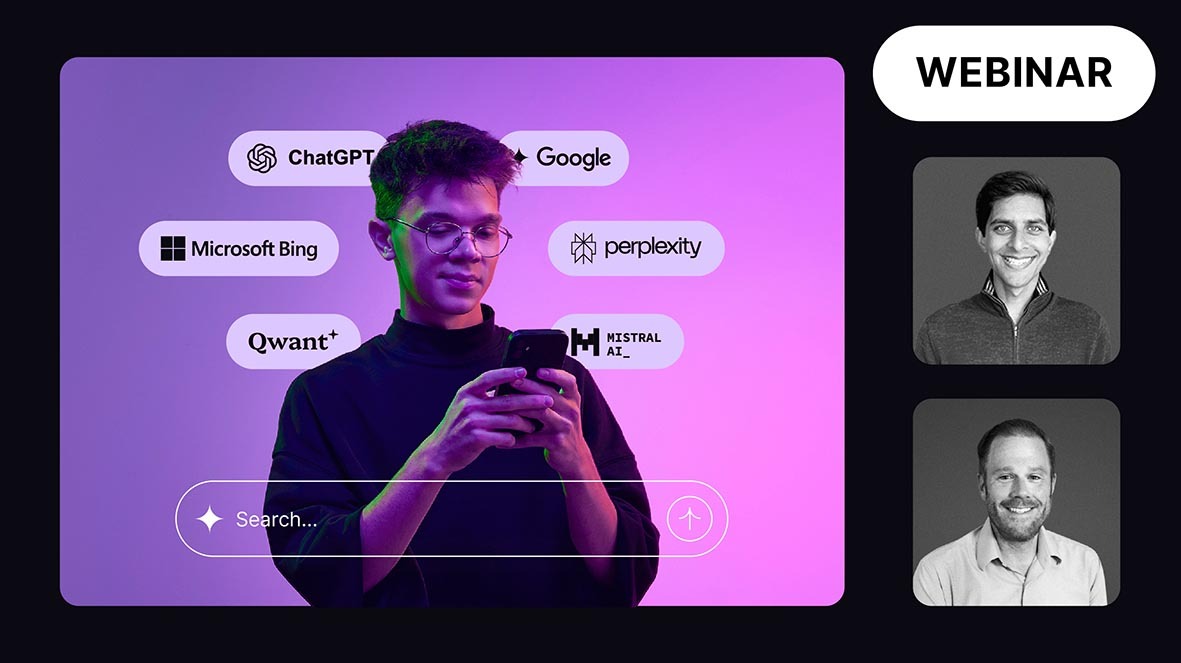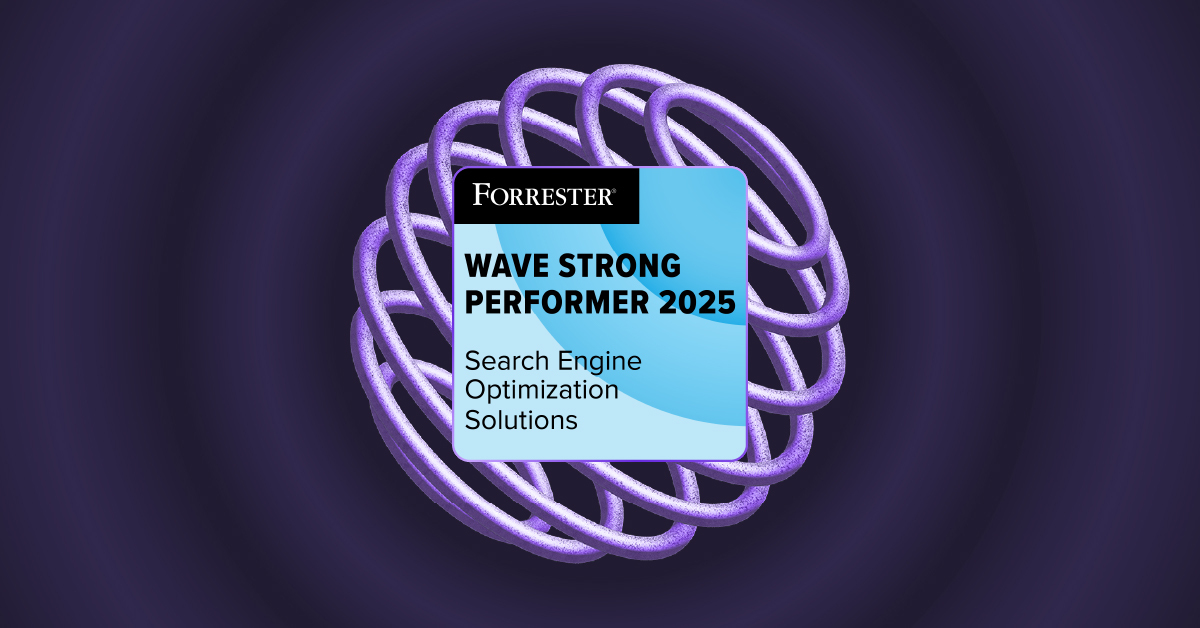Back to learn seo
What Is AI Search, LLMs, and Live Retrieval?

What are LLMs in the context of AI search?
The term “AI search” or "AI-powered search" refers to search results across a number of platforms that provide AI-generated answers in response to a question posed by a consumer. Examples of AI search platforms include Google’s AI Overviews, Microsoft Copilot, ChatGPT Search, Perplexity AI, and Apple Intelligence, among others.
AI search is driven by large language models (LLMs), which are machine learning models that can generate new responses based on their knowledge of human language. In essence, an LLM is a highly refined language prediction tool, using probabilities to determine the likelihood of a word based on context. LLMs are AI models that are trained on vast quantities of content, usually freely available via organic search or access to a search engine API like Bing’s. By analyzing so much content and developing an understanding of which topics are often related, they’re able to provide contextually relevant, conversational responses to human queries.
LLMs can’t provide recent information on their own
Each LLM model has a knowledge cutoff date, which marks the last point they can access training data. After that date, they lack awareness of things such as new events, product updates, or pricing changes, limiting their ability to provide current information. They also can’t directly cite sources since their responses come from patterns learned during training. Not only does this make it difficult to fact-check responses, but it also makes it impossible for them to provide satisfying answers to all queries. For example, a consumer looking for the best price on a specific shoe model might receive a link to a brand website known to the model to have good deals, but the LLM couldn’t provide a specific product page or price comparisons from the same day.
Retrieval-augmented generation (AKA live retrieval) and up-to-date citations in AI search
To deliver up-to-date information beyond their cutoff, LLMs use retrieval-augmented generation (RAG), also known as live retrieval. This method queries a live database, pulling in recent data to enhance responses and provide source links. Most non-Google LLMs rely on Bing’s Web Search API for live retrieval, making Bing a key source for citations in platforms like ChatGPT and Meta AI.

When a consumer asks a question that requires an up-to-date response, the engine will take that query and apply it to the database they use for RAG. As speed of response is critical with conversational GenAI search, LLMs will only reference the top results within their database to analyze, incorporate into their response, and provide as an answer and link. And since these databases are largely search engine indexes like Google or Bing, your organic ranking in that index is an important component in appearing in GenAI responses.
How to appear in AI-generated responses across search platforms
To ensure your latest content appears in AI-generated answers, not only do they need to be discovered by AI-crawlers, but it’s essential for it to be indexed by both Google and Bing.
Google’s search index serves as the database for their AI Overviews, which are generated via a number of factors and which appear on the organic SERPs above traditional results in “position zero.” However, because Google doesn’t provide open API access to their search index, AI platforms have two options:
- Building their own index, a resource-intensive endeavor that requires them to compete with Google and Bing
- Relying on Bing’s search index, the only open index, available via the Bing API
Although most brands prioritize SEO strategies centered around Google, it’s quite simple to include Bing in your organic search plan. For one, both search engines share similar website optimization guidelines. Additionally, unlike Google, Bing allows you to submit fresh content directly to its index and even push up to 10,000 URLs at once through their API.
The most important thing to remember is that your content cannot be found at all if it isn’t indexed. Most search engines take time to rediscover updated website pages and then recrawl them to incorporate fresh data into their index. It’s critical for brands to provide their freshest and most important content to LLMs as soon as possible, and there are several ways to accomplish this:
- Sitemaps: Providing up-to-date sitemaps to Google, Bing, and other search engines can alert them to new content on your site, prioritize the most important pages, and encourage them to recrawl.
- IndexNow: The IndexNow protocol informs the top search engines that content has been updated on a website. It instantly pings them to request a recrawl of site content, reducing the wait for them to discover and recrawl updated or new content on their own.
- Push to Bing: Immediately submit your freshest content directly to the Bing index, ensuring that it can be found and offering the quickest, easiest, and most automatic way to get top content found and referenced by AI platforms.
Top-ranked content is most likely to be referenced in both Google- and Bing-powered results across platforms, so ensuring your website has strong SEO fundamentals and strong technical health is also key.
.svg)




.svg)

_Webinar_Banner%201%20(1).png)
.svg)
.svg)

